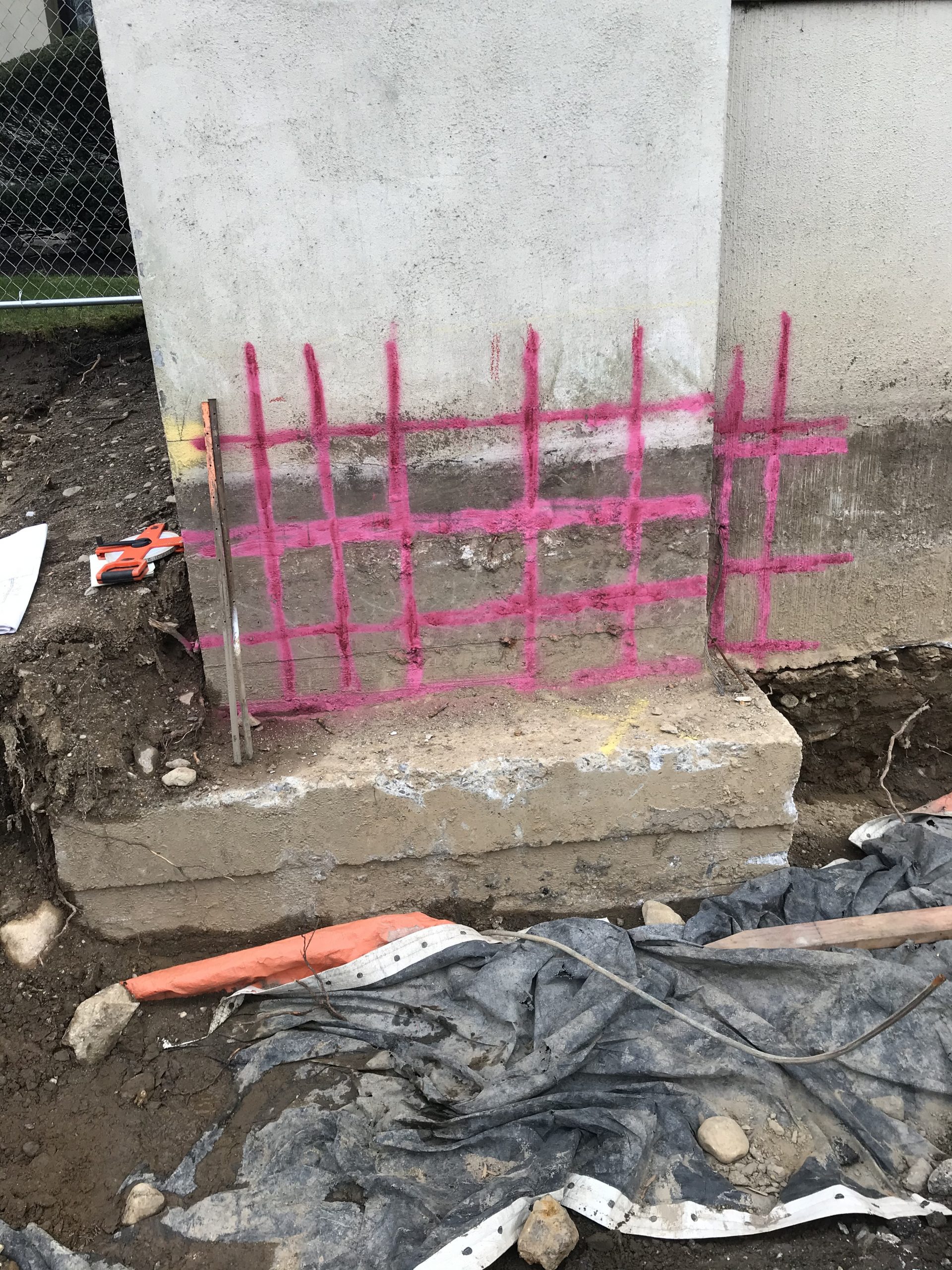Concrete Scanning: An Important Step In The Direction Of Ensuring Structural Stability and Safety
In the world of building and construction and framework maintenance, the relevance of concrete scanning can not be overstated. By employing innovative modern technology and methods, concrete scanning serves as a critical device in guaranteeing that the honesty and security of bridges and buildings are maintained to the highest standards.
Significance of Concrete Scanning
Concrete scanning plays a critical duty in making sure the structural stability and safety of buildings and framework jobs. By utilizing sophisticated modern technologies such as ground-penetrating radar (GPR) and electro-magnetic induction, experts can non-destructively inspect concrete frameworks to discover possible defects, gaps, embedded things, and support design. This process makes it possible for early detection of anomalies that might compromise the security of a structure, avoiding costly damages and making certain the security of passengers.
Concrete scanning is particularly necessary during the preparation and building and construction stages of a job. Before exploration, cutting, or coring into concrete, scanning aids recognize the accurate locations of rebar, post-tension cords, and other ingrained aspects, decreasing the risk of unintended hits that might result in architectural weaknesses. In addition, concrete scanning aids in quality control by confirming the thickness of concrete covers and detecting any type of disparities that might impact the general sturdiness of the framework. Ultimately, buying concrete scanning solutions is not only an aggressive procedure to alleviate dangers but also a fundamental action towards preserving the long-term safety and security and security of structures and facilities.
Modern Technology for Concrete Assessment

Advantages of Very Early Discovery
Prompt discovery of architectural issues can considerably minimize risks and guarantee the long life of building and construction jobs. By recognizing potential problems at an early stage in the building and construction process, stakeholders can take positive steps to address concerns before they intensify into larger and much more expensive issues. Among the essential benefits of early discovery is the avoidance of structural failures, which can posture significant safety hazards and result in job delays and monetary losses.
Additionally, very early detection permits prompt repair work and upkeep, which can assist prolong the lifespan of the read framework. By resolving issues immediately, building teams can avoid expensive repair work or perhaps the demand for early substitute of structural elements. This proactive strategy not just saves money and time however likewise enhances the general security and longevity of the building and construction task.
Furthermore, early discovery can improve job preparation and decision-making by giving stakeholders with useful understandings into the problem of the framework. Armed with this details, task managers can make educated options concerning construction methods, timelines, and materials, causing extra effective and efficient task results.
Ensuring Architectural Stability
Making sure the architectural stability of a building task is vital to its security and longevity. Concrete scanning plays a critical role in making certain architectural security by identifying possible issues such as gaps, delamination, or support deterioration that can endanger the honesty of the framework over time.
By making use of innovative scanning innovations like ground-penetrating radar (GPR) and electro-magnetic induction, construction professionals can non-invasively inspect concrete frameworks to identify areas of concern under the surface. This proactive technique allows for the early discovery of defects or weak points, making it possible for prompt repair services or reinforcement to stop structural failings.
Routine concrete scanning throughout different building and construction phases and throughout the life process of a structure can help keep its security, mitigate dangers, and ensure the security of owners. By prioritizing architectural stability through concrete scanning, construction tasks can improve their durability and toughness, inevitably adding to higher security and long life.

Stopping Important Failings
To safeguard versus tragic events, precise surveillance and aggressive upkeep are essential in preventing vital failures within architectural structures. Finding potential issues prior to they escalate is key to avoid structural failings. Applying regular assessments, such as concrete scanning, can disclose concealed flaws like spaces, splits, or corrosion that click to read can compromise the honesty of a structure. By making use of innovative scanning innovations like Ground Permeating Radar (GPR) or Concrete X-ray, designers can non-destructively evaluate the problem of concrete and identify powerlessness that require reinforcement or repair service - RainierGPR Service Areas.

Final Thought
To conclude, concrete scanning plays an essential duty in guaranteeing structural integrity and safety by making use of advanced technology for very early detection of potential problems. This positive method aids stop vital failures and ensures the stability of frameworks. It is necessary to focus on concrete assessment as a basic practice to safeguard the longevity and safety and security of structures and facilities.
Concrete scanning plays a crucial function in ensuring the architectural integrity and safety of structures and infrastructure jobs. Furthermore, concrete scanning aids in quality control by validating the thickness of concrete covers and spotting any kind of disparities that may impact the overall resilience of the structure. Concrete scanning plays an essential role in ensuring architectural security by finding possible concerns such as gaps, delamination, or support corrosion that could jeopardize the stability of the structure over time.

In conclusion, concrete scanning plays an important role in ensuring architectural honesty and security by making use of innovative technology for early discovery of possible problems.